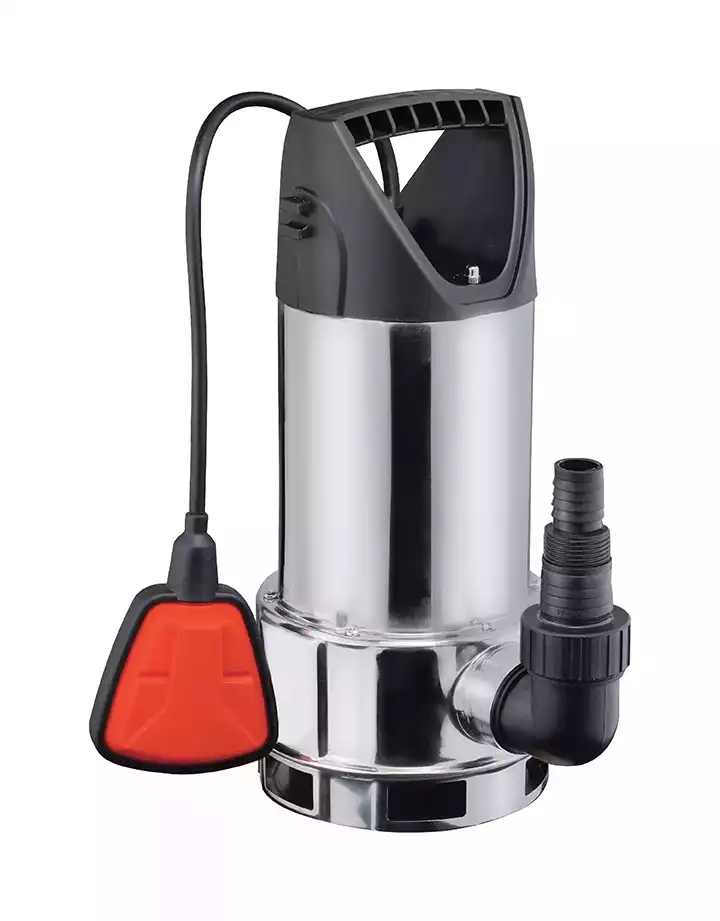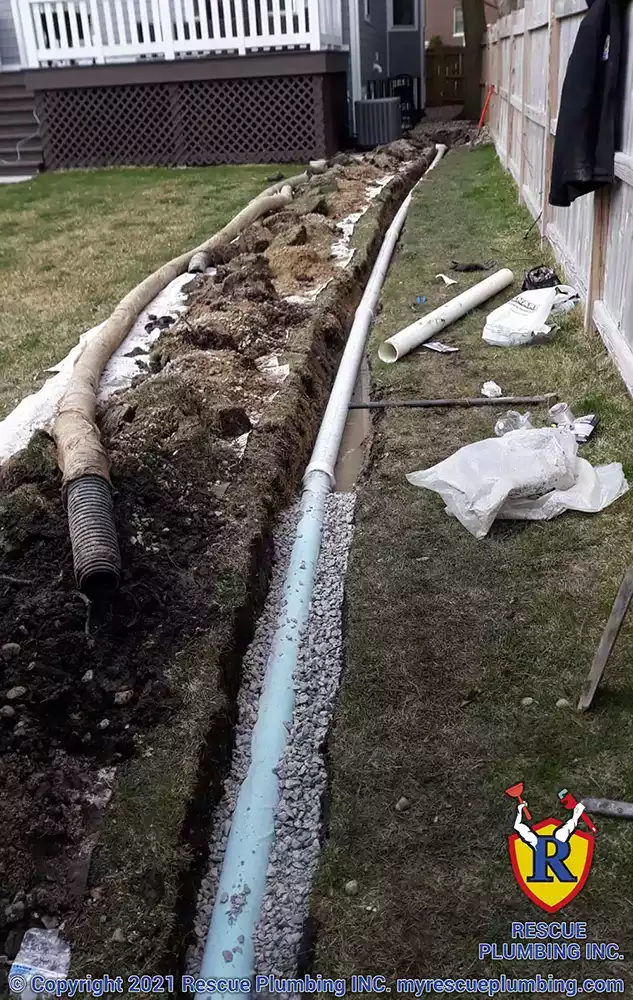Spring is Here! Time to Check Your Basement Sump Pump
Now that the weather is warming up, it’s a good time to check your basement sump pump in your house. You want to make sure it’s in good working order. If you don’t have a sump pump, now may be a good time to install a sump pump or make sure you have a battery back up pump in place.

Is a Sump Pump Necessary in Basement?
Sump pumps are an essential part of your house for keeping your basement or crawl space dry during the rainy season. April showers bring May flowers (and a wet basement) right?
Basements need to be kept dry in order to be used for storage, a playroom, a spare bedroom, entertainment, or whatever else you may use your basement for. A sump pump can help prevent basement flooding, keep it dry and functioning properly.
How Does a Sump Pump Work in My Basement?
A sump pump is a submersible pump that sits in a hole in the concrete floor of the basement of your house. Submersible pumps are controlled by a float switch that turns the pump motor on and off as the water level in your sump pit will fill and fall.
When the water will fill to a certain level, the float switch inside the pump turns it on and starts pumping the water outdoors, away from your home.
Check Valve and How it Protects Your Home
There is a one-way check valve that is connected to the discharge pipe of your sump pump.
The valve protects your home by keeping the water from flowing back into the sump pit. It’s important to make sure that this valve is working properly and not leaking.

Pedestal Pump Sump Pumps
A different, budget-friendly type of sump pump is a pedestal pump. They are the perfect solution for those with limited space or who do not have a sump pit. They stand on the floor vs. sit in a hole.
The entire motor housing sits above water level, so there’s no need for an elaborate hole.
One drawback of this type is that they tend to be noisier than submersible pumps because there is no water covering it to dampen its motor sound.
How often should a sump pump run?
Depending on where you live, homeowners will experience differences in how often their sump pump runs. It can vary based on the location of your home, the severity of the weather, and how often it rains.

Why do some basements not have sump pumps?
Many homeowners ask why some basements do not have sump pumps. Often this is because the home is built on a foundation that does not allow water to seep in or the basement floor is not below the water table.
If your home does not have a sump pump and you are concerned about flooding, it is best to consult with a Rescue Plumbing plumber to see it if it right for you.
Can you install a sump pump yourself?
It is possible to install a sump pump yourself, and we’ll walk you through the steps.
If however, you’re not sure or have questions about sump pumps, just give us a call at (773) 799-8848.
Rescue Plumbing can help you determine which one is right for your home and help you with installation.

5 Steps for Sump Pump Installation
Installing one is a fairly easy home project that can be done in about an hour if you already have sump pit.
Note: Sump pump installation may take up to two days or more to install one if you do not already have one as it takes time for concrete to dry in the hole you dig.
Tools You Will Need for a Sump Pump Installation
You will need a few tools to help with installing a unit correctly, this includes: PVC pipe, a pointed trowel, filter fabric, stone paver, paintable caulk, concrete, gravel, drain cap, and sump basin.
Step 1) Shut off power to the unit at the breaker box.
Step 2) Dig a hole for installing the sump basin, making sure it is large enough to fit it with room to spare. Place gravel in the base of the sump pit and set the basin in place.
Step 3) Installing the PVC pipe: Cut the pipe to length and attach the Y-fitting. When installing the PVC pipe, it should be long enough to reach from the basin to the drain line outside of your house. The drain line outside the house can be surrounded by a stone paver or two so it looks nice.
If you have to pour concrete, use your pointed trowel to make it smooth and then follow the rest of step 3 above.
Step 4) Attach the filter fabric to the inside of the sump basin. This will help prevent silt and debris from clogging your pump.
Step 5) Use paintable caulk around the drain cap to seal it and keep water out. Plug in your sump pump and turn on the power at the breaker box. Test by adding water to the sump basin with a bucket.
Now that you’ve installed a sump pump, give Rescue Plumbing a call if you have any questions or would like us to help you with installation. We’re here to help! (773) 799-8848.

How much would it cost to put in a sump pump?
This can vary depending on the type of sump you choose, how difficult the install might be, and whether or not you need to hire a professional.
Generally, sump pumps cost a few hundred to several thousand dollars. A sump pump with battery back up will cost more but offers greater security in case the power goes out.
If you are not sure which solution is right for your home, please give Rescue Plumbing a call at (773) 799-8848.
What to do if sump pump stops working?
If your sump pump stops working, the first thing you should do is unplug it and check the outlet to make sure there is power. If there is power and it still doesn’t work, it might be time to replace it.
If you need help replacing your sump pump, please give Rescue Plumbing a call at (773) 799-8848. We can help you find the perfect water removal technology for your basement and install it for you.

How often should a sump pump be replaced?
This can vary depending on the make and model of the installed unit, how often it’s used, and the environment it’s used in. Most sump pumps last for around 10 years but it’s a good idea to keep an eye on it and replace it when necessary.
If you’re not sure when to replace your sump pump, please give Rescue Plumbing a call at (773) 799-8848. We can help you determine when it’s time to replace it.






